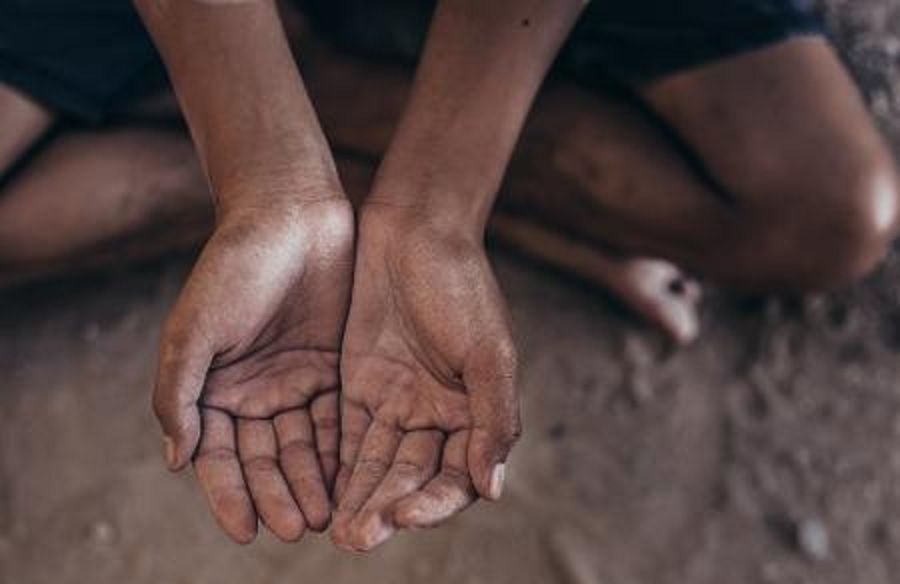RIO DE JANEIRO, BRAZIL – In downtown São Paulo, Miguel da Silva waited in line with about 300 people before finally getting a plate with rice, a little meat, and some vegetables.
“It’s better to come here than to beg,” the 70-year-old told AFP.
The same occurs in Rio de Janeiro, with hundreds of people in another endless line, under a scorching sun, including pregnant women. For most, this will be the only meal of the day.

“Everything is expensive. If I had to buy the food they give us here, it would cost me more than R$1,000 reais a month,” lamented Mario Lima, 72, whose pension is only R$1,045, equivalent to the minimum wage.
The coronavirus has killed more than 317,000 people in Brazil in one year, but the health crisis has also caused unemployment to soar, with its share of new poor and hungry people.
“It’s getting worse and worse”
The pandemic has only exacerbated a trend that has been observed for the past six years in this leading agribusiness country.
Last year, the U.N. World Food Program director in Brazil, Daniel Balaban, warned that the country was moving “fast” toward a return to the Hunger Map, from which it had emerged in 2014. Those on it have more than 5% of their population in a state of extreme poverty.
At the time, the World Bank estimated that 5.4 million Brazilians would fall into that category by the end of last year, to bring the total of impoverished people to 14.7 million, out of a population of 212 million.
“This is clearly the most frightening moment we have seen in the fight against hunger,” says Rodrigo Afonso, director of the association Action for Citizenship.
When this NGO was created in 1993, hunger was mainly found in the poorest regions of the North and Northeast. “Today, wherever we go, we see many families who can’t afford to eat, and it’s getting worse and worse,” he says.
In November, a study by the Getulio Vargas Foundation showed that nearly a third of the Brazilian population is food insecure.
The government of President Jair Bolsonaro, which has been heavily criticized for its handling of the health crisis, had been paying out allowances to nearly a third of the poorest Brazilians since last April.
But these “emergency aid payments” of R$600 reais were cut in half in September, and then payments stopped at the end of the year.
These allowances were providential, but it has been three months since the most vulnerable have been practically deprived of income, at the worst moment of the pandemic, while inflation has pushed up food prices.

Decline in donations
“Before the pandemic, we were able to get by, now we have nothing,” says Silvana da Silva, 22, who used to earn her living by collecting recyclable waste from restaurants and businesses in São Paulo. But with all non-essential businesses closed, she depends on food aid from the city council to survive.
The demand is so great that the municipality had to increase daily meals distributed from 7,500 to 10,000.
The same problem exists in Rio, where Social Development Secretary Bruno Dauaire calls it an “extreme emergency”. “Not so long ago, we didn’t really talk about hunger or misery here, but these problems are back,” he said.
NGOs trying to replace the public authorities overwhelmed by the pandemic face a “dramatic” drop in donations. In 2020, Action for Citizenship distributed between 80,000 and 100,000 meals per month throughout Brazil, but that total has been divided by ten this year.
“We try to be where the public authorities are not, but unfortunately, they are virtually nowhere,” laments Rodrigo Afonso.
Source: Le Point

